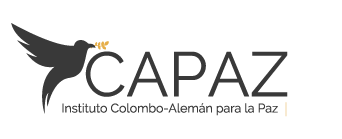
Development of 4 of the 12 exploratory phases for the design and creation of the Centre of Audio-visual Memory for Peace in Tolima
Historical Memory Centres have provided us with knowledge about the victims of the armed conflict, as well as a consideration of memory as a vital instrument for the preservation of truth and tragedies of a nation. Despite this, the existing records of the testimonials of those affected by different painful violent events set out other needs for the post-agreement phase in Colombia. How can we reduce the negative impact of such events on the mental health of the victims? What kind of communication tools can help in their processes of resilience? Is it possible to design methodologies in the audio-visual field that can help them to narrate and externalise their emotional pain and psychological effects in order to possibly overcome these in the long term?
This exploratory study proposes the development of the early phases of the creation of a Centre of Audio-visual Memory for Peace in the department in which the FARC-EP Guerrilla first emerged: Tolima. On the one hand, the purpose of this study is to collect audio-visual material produced in Ibagué in relation to the armed conflict in Tolima; and, on the other, to learn about previous experiences of a number of communicators, psychologists, and psychiatrists working with victims. All this is aimed at designing a methodology for the production of audio-visual material that shows greater empathy towards the mental health of victims, and that can hopefully contribute to generating a positive impact on their psychoemotional recovery.
Title of research project
Development of 4 of the 12 exploratory phases for the design and creation of the Centre of Audio-visual Memory for Peace in Tolima
Other participating institutions
Universidad Externado de Colombia, Albert Ludwigs University of Freiburg, Universidad del Rosario
Co-financing
Universidad Externado de Colombia, Universidad de Ibagué
Category
Call 2018, Exploratory Studies


